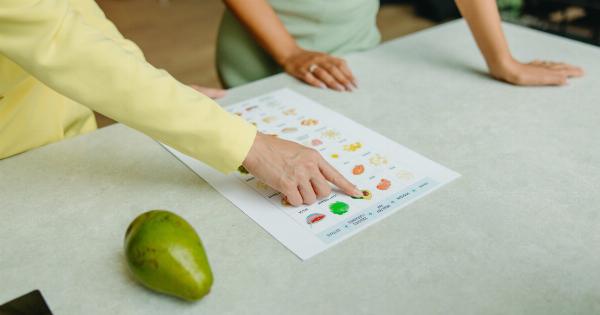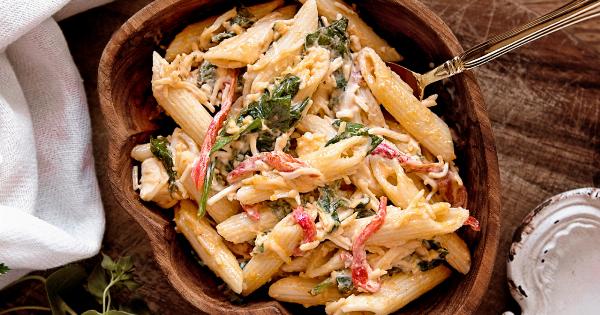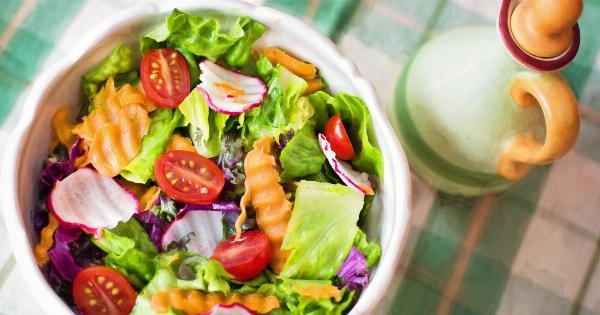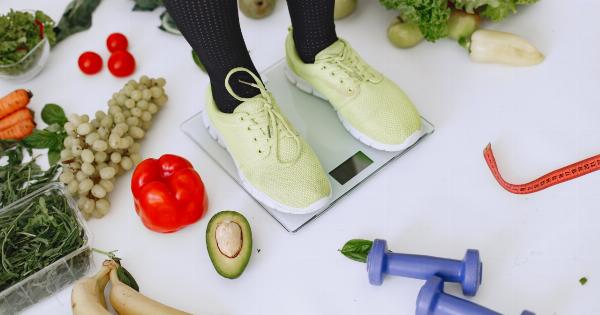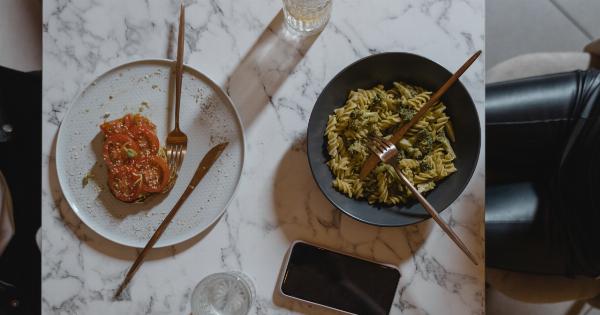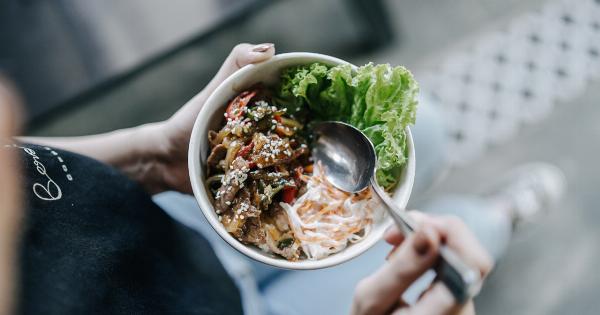Diabetes is a chronic condition that affects millions of people worldwide. It requires careful management of diet and lifestyle to keep blood sugar levels within a healthy range. One food that often sparks debate among diabetics is rice.
While it is a staple in many cuisines and provides essential nutrients, its impact on blood sugar levels makes it a subject of concern. In this article, we will explore whether rice is a good option for diabetics and discuss the factors that should be taken into consideration.
Rice and its Nutritional Profile
Rice is a versatile grain that comes in various types such as white, brown, basmati, jasmine, and wild rice. It is a significant source of carbohydrates, which are the primary macronutrient responsible for raising blood sugar levels.
However, rice also offers a range of vitamins, minerals, and fiber.
The Glycemic Index of Rice
The glycemic index (GI) is a measure of how quickly a particular food can raise blood sugar levels. Foods with a high GI are quickly digested and absorbed, leading to a rapid increase in blood sugar levels.
On the other hand, foods with a low GI are digested more slowly, causing a gradual and steady increase in blood sugar levels.
White rice has a higher GI compared to brown rice because the latter retains its bran and germ, which contain beneficial nutrients and fiber.
The refining process involved in producing white rice removes these components, making it less nutritious and causing it to have a higher GI. Therefore, diabetics should opt for brown rice or other whole grain varieties rather than consuming white rice.
The Role of Fiber
Fiber is an essential component of a diabetic-friendly diet. It slows down the digestion process, preventing rapid spikes in blood sugar levels. Brown rice contains more fiber compared to white rice.
Consuming whole grain rice instead of refined white rice provides the body with a steady release of glucose, helping to regulate blood sugar levels.
It is worth noting that the quantity of rice consumed also matters. Portion control is crucial for diabetics as consuming excessive amounts of rice, even if it is brown or whole grain, can still lead to elevated blood sugar levels.
Considering Carbohydrate Count
Carbohydrates play a significant role in determining blood sugar levels. It is essential for diabetics to monitor their carbohydrate intake and distribute it evenly throughout the day to maintain stable blood sugar levels.
Therefore, while rice can be a part of a diabetic’s diet, it is important to consider the total carbohydrate count and balance it with other food choices.
The Importance of Meal Planning
Meal planning is vital for diabetics as it allows for better blood sugar control. When including rice in the meal, it is crucial to consider the overall composition of the dish.
Combining rice with protein sources, such as lean chicken or fish, and a variety of vegetables can create a well-rounded meal that slows down the digestion process and reduces the impact on blood sugar levels.
Additionally, choosing to cook rice with healthier cooking methods, like boiling or steaming, instead of deep frying, can further enhance its nutritional profile and minimize its impact on blood sugar levels.
Accounting for Individual Differences
It is important to consider that every individual is unique, and the way their body responds to rice may vary.
Some diabetics may find that they can tolerate rice without significant spikes in blood sugar levels, while others may experience more significant fluctuations. Regular monitoring of blood sugar levels after consuming rice can help determine its impact on an individual basis.
Other Factors to Consider
While rice is a significant carbohydrate source, it is not the only factor that affects blood sugar levels. Other aspects such as physical activity, medication, stress levels, and overall diet play a crucial role in managing diabetes effectively.
Therefore, it is important to consider rice in the context of an overall healthy and balanced diet.
Alternatives to Rice for Diabetics
For individuals who are more concerned about rice’s impact on their blood sugar levels, there are various alternatives that provide similar satisfaction while having a lower impact. Some of these alternatives include:.
1. Cauliflower Rice
Cauliflower rice has gained popularity in recent years as a low-carb substitute for rice. It is made by pulsing cauliflower florets in a food processor until they reach a rice-like consistency.
Cauliflower rice is significantly lower in carbohydrates and calories, making it a suitable option for those looking to reduce their carb intake.
2. Quinoa
Quinoa is a whole grain that is rich in fiber, protein, and various essential nutrients. It has a lower GI compared to white rice and offers a complete source of plant-based protein.
Quinoa can be cooked in a similar manner to rice and used as a replacement in various dishes.
3. Barley
Barley is another nutritious whole grain option for diabetics. It contains a soluble fiber called beta-glucan, which helps regulate blood sugar levels and can contribute to improved insulin sensitivity.
Barley can be used in soups, stews, salads, or as a side dish.
4. Buckwheat
Buckwheat is a gluten-free grain with a rich nutritional profile. It is high in fiber, magnesium, and antioxidants. Despite its name, it is not related to wheat and is suitable for individuals with gluten intolerance.
Buckwheat can be used in various recipes, such as porridge, pancakes, or as a rice substitute in stir-fries.
Conclusion
Rice can be a part of a well-balanced diet for diabetics if consumed in moderation and in its whole grain form.
Choosing brown or other whole grain rice varieties over white rice provides more fiber and nutrients while helping maintain stable blood sugar levels. Portion control, meal planning, and considering individual differences in response to rice are crucial aspects of managing diabetes effectively.
In the end, it is important to consult with a healthcare professional or registered dietitian who can provide personalized guidance based on individual needs and health goals.







